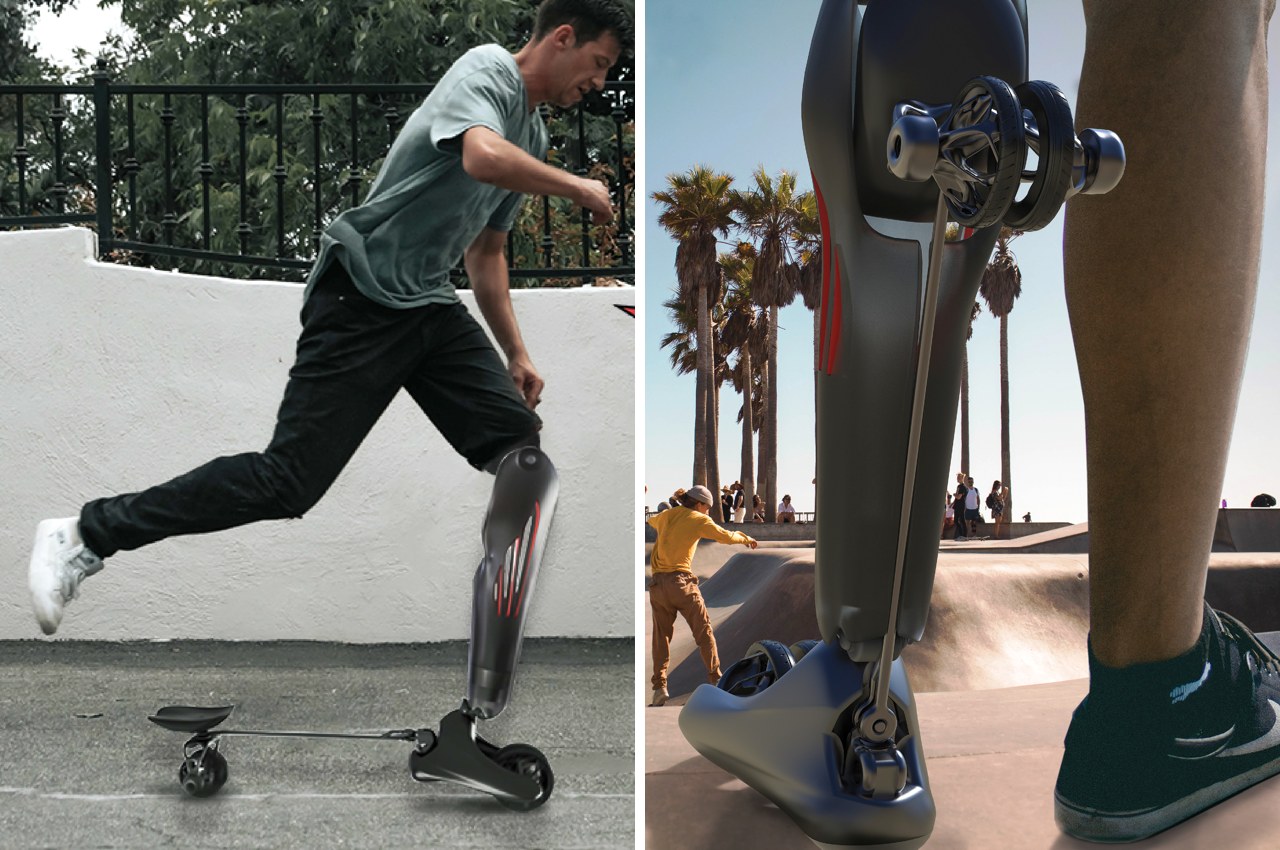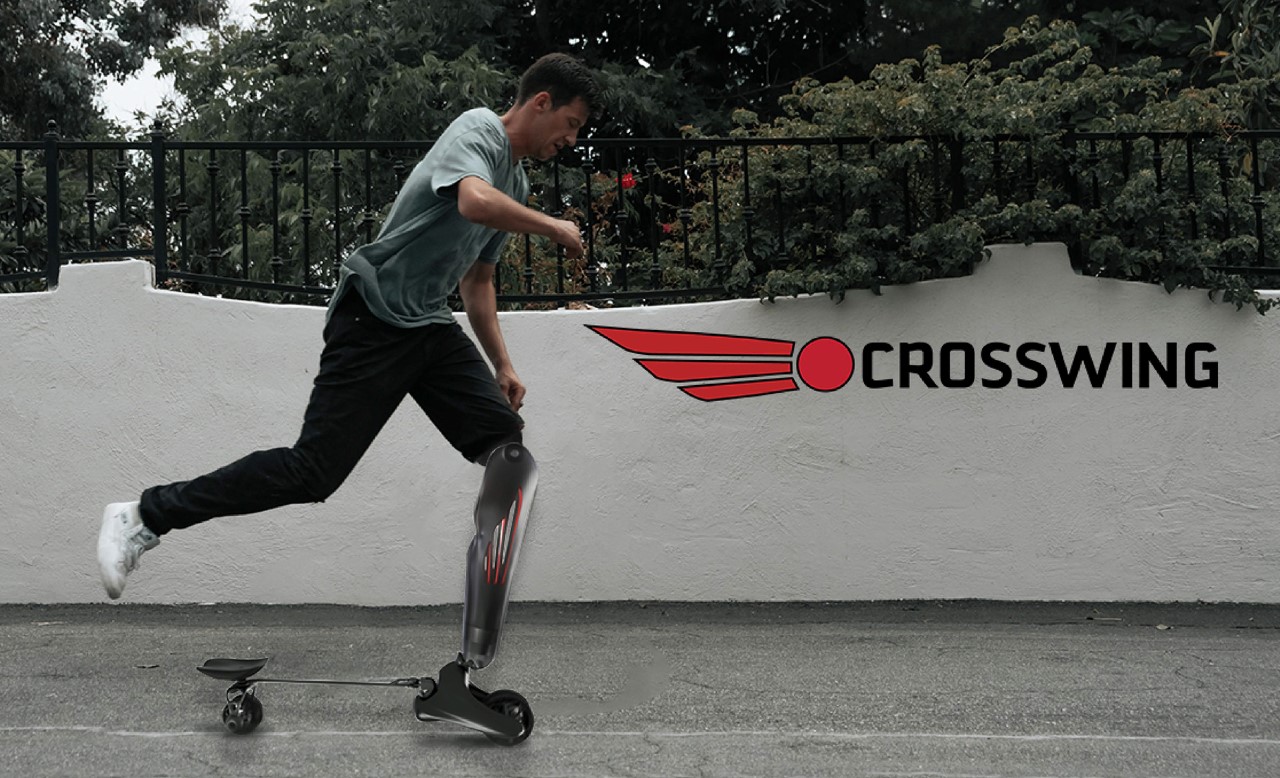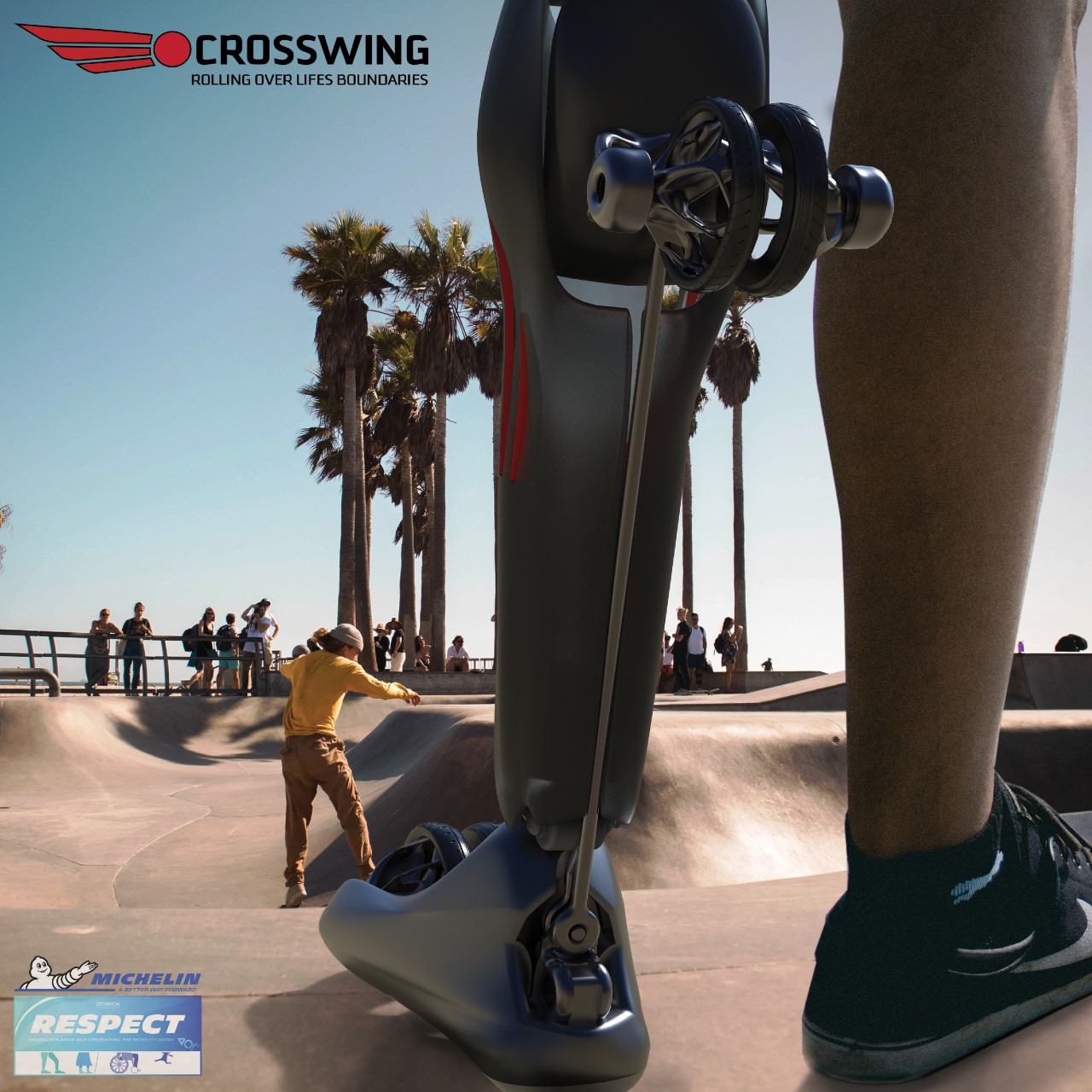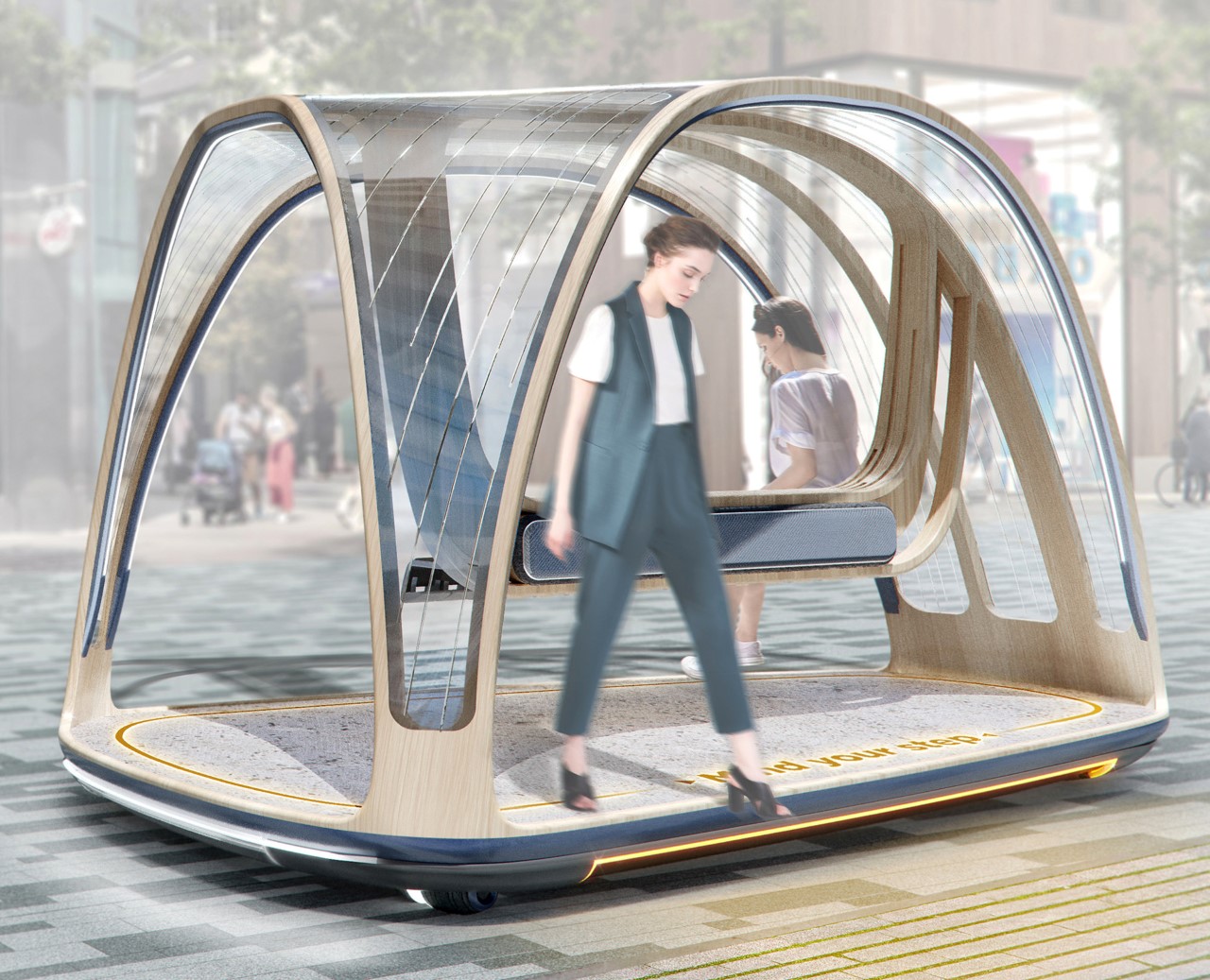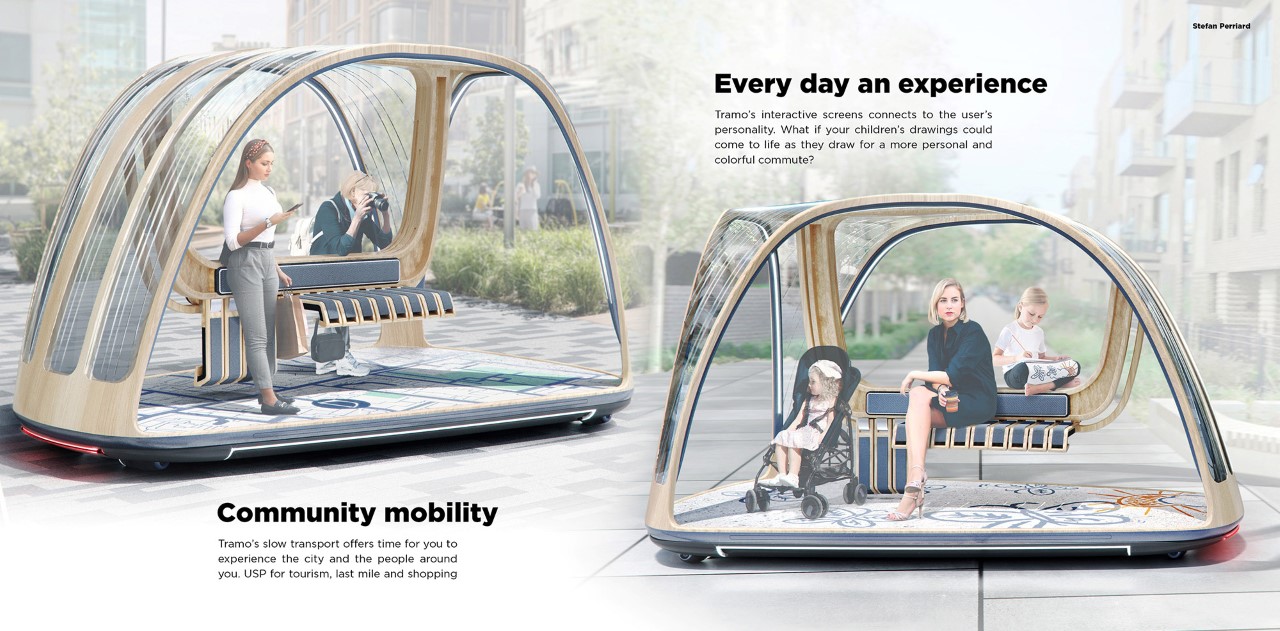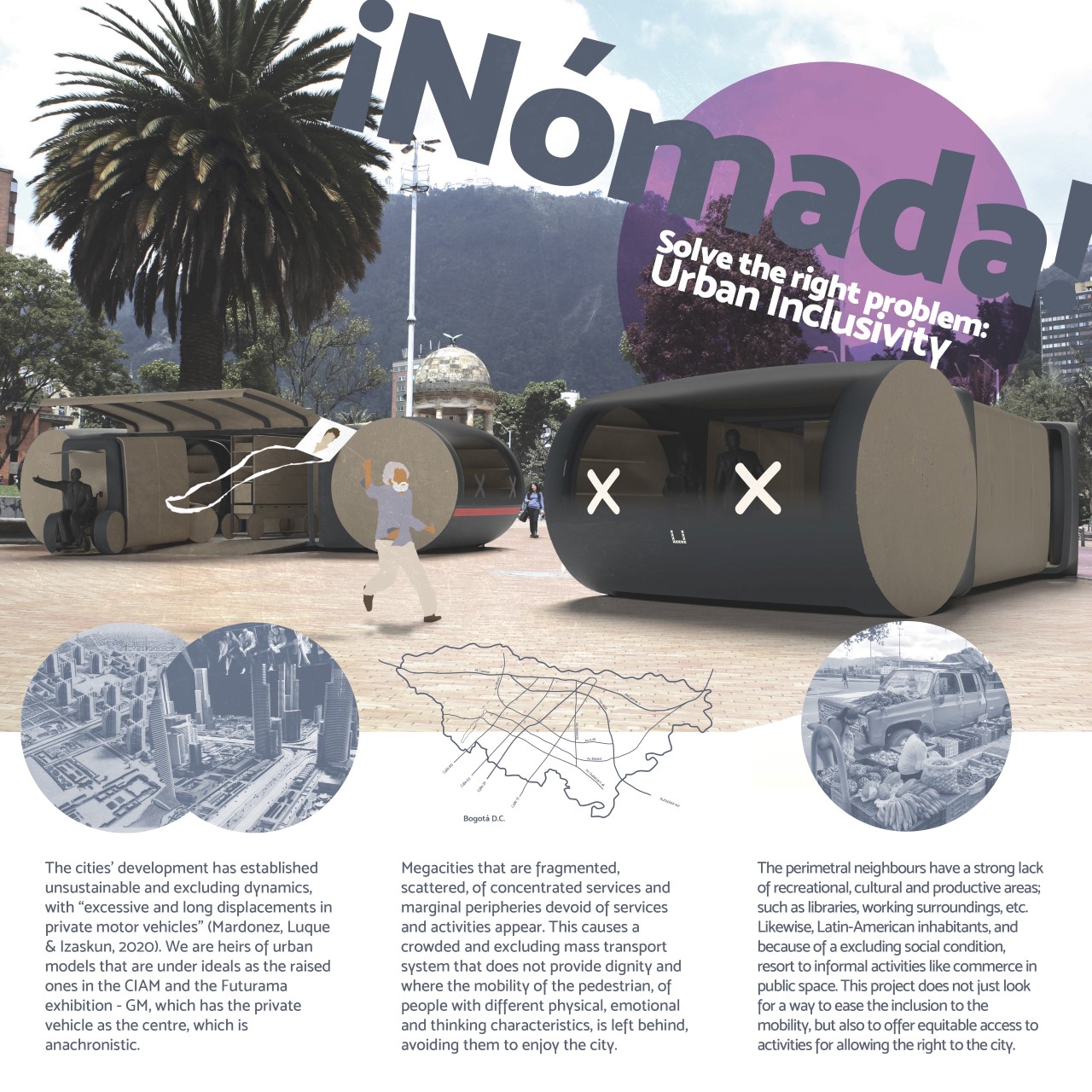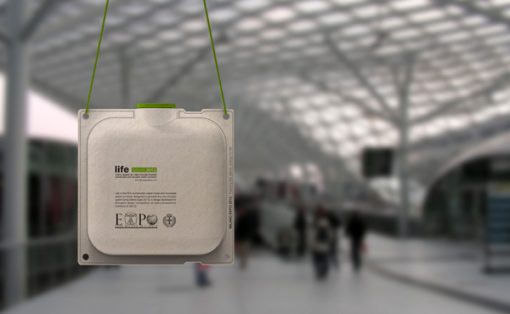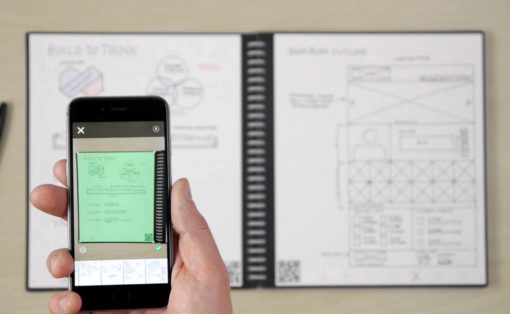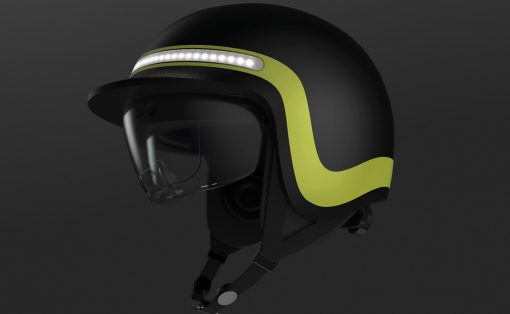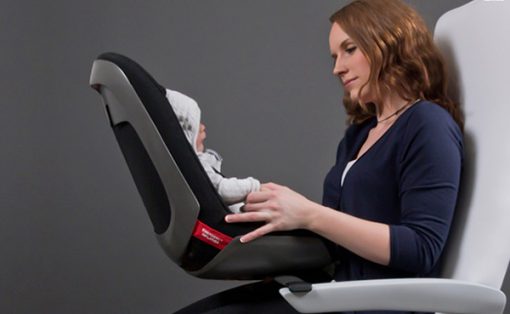The rebranded design challenge focuses on Movin’On to the next frontier of transportation design — Sustainable Mobility.
Ever since its first-ever design competition in 2001, Michelin Challenge Design has focused on welcoming a new generation of designers, thinkers, and transport enthusiasts into the automotive industry. Over the last two decades, the challenge issued a broad brief to designers, asking them to create concept electric vehicles, conceptual Le Mans race cars, and even its most recent brief — “Respect”, a call to end the mobility divide between people from different communities, walks of life, and with different abilities.
Michelin Challenge Design became Movin’On Challenge Design in 2020, reflecting its integration as a featured program of the Movin’On Summit, the world’s foremost gathering for sustainable mobility. Created and inspired by Michelin, the Summit brings together large companies, startups, public and academic authorities, NGOs, and international organizations, as well as a community of experts and professionals to move from ambition to action. “We are excited that Challenge Design has become an official pillar of the Movin’On ecosystem that engages the global design community through the development of sustainable mobility solutions,” said Mike Marchand, Michelin North America Director of Sustainable Development and Mobility.
In its fresh new avatar, the Movin’On Challenge Design retains certain aspects of its predecessor, but provides a unified vision towards a better future, through a more inclusive and sustainable approach to mobility. The challenge isn’t even a transportation-focused one anymore. It’s open to artists, designers, engineers, architects, city planners, creatives, or anyone with a strong vision to build a more equitable, sustainable future by considering mankind’s need for and relation to mobility.
The theme for 2020—2021’s edition of the challenge was RESPECT: Ending Isolation and Conquering the Mobility Divide, and saw 170 entries that sought to create inclusive mobility for those who are often overlooked when mobility solutions are being designed. “Age and disability can limit access to safe and affordable mobility for one of every four people in the world today, reducing joy and the ability to fully participate in, benefit from, and contribute to society—both socially and economically,” said Nick Mailhiot, chairman of the 2021 Movin’On Challenge Design competition. The top three winners brought a unique set of perspectives to the challenge, from individual mobility to mobility as a society. Scroll below for a detailed look at each of the 2021 Challenge’s winning designs that were announced in June this year.
Click Here to see all the winners from the 2021 challenge.
Winners of the 2021 Movin’On Challenge Design
1st Place: Crosswing by Drew Spahn (Industrial Designer, Kean University)
The Crosswing’s clever design turns a prosthetic leg into a skateboard that the prosthetic-wearer can use to skateboard – either for recreation or transportation. The prosthetic leg features a fold-out skateboard that when closed, provides the same walking experience as a prosthetic leg but when opened out, offers a riding experience that compares to a skateboard or pair of skates! The multipurpose artificial limb “turns a disadvantage into an advantage”, mentions Spahn, a fourth-year industrial design student at Kean University.
2nd Place: Tramo by Stefan Perriard (Industrial and Mobility Designer, Royal Danish Academy)
Tramo imagines transportation in a world without cars. Designed for the futuristic car-free city, Tramo offers an equitable mode of transport that’s safe, human-centric, and truly for everyone. The design adopts the shape of a pod-like platform that traverses across the city’s roadways. Its unique design makes space for people who want to stand or sit, as well as for wheelchairs and baby strollers. Designer Stefan Perriard describes Tramo as “a flexible solution with no need for stations — like a moving sidewalk” that you can hop onto or hop off from.
3rd Place: Nomada! by Elkin Alejandro Cruz Castro (Architect, Universidad Nacional de Colombia)
The Nomada! revisits the design of the city entirely. Instead of conventional buildings, Nomada! introduces nomadic spaces that can move around the city, benefiting everyone and making public utilities accessible to all the citizens. The Nomada! is a massive purpose-built vehicle that’s best described as architecture on wheels. Designed with two semi-spherical carriages that rotate and pivot, and a corridor in between, the Nomada! acts as a building in motion, providing space on the inside for various public utilities like libraries, coworking spaces, medical care centers, commercial units, etc. The idea is to have the Nomada! transport to an area where it’s needed and stay stationed there for a set amount of time (almost like a fair or circus that’s coming to visit, and departs after it’s done). By doing this, Nomada! aims at creating fragments of the ‘megacity’ and making aspects of those fragments nomadic, so every neighborhood gets access to them whenever needed.
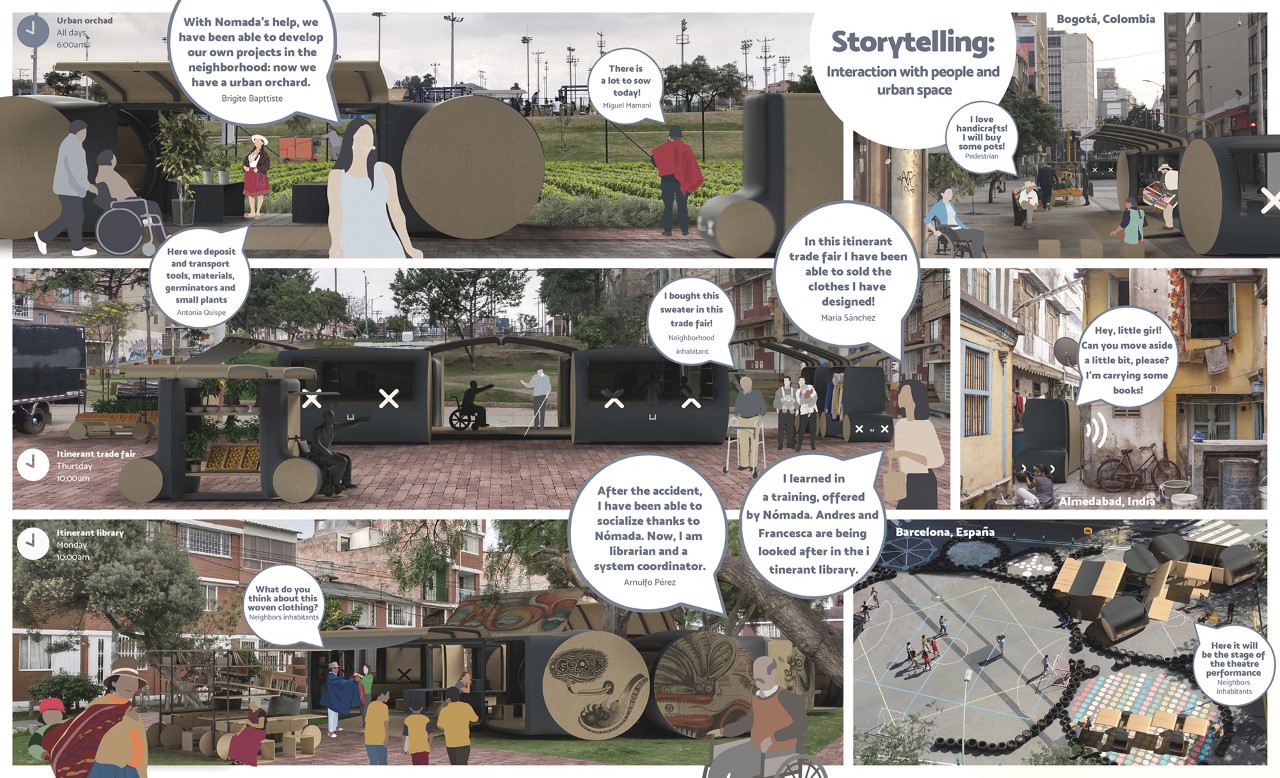
Click Here to see all the winners from the 2021 challenge.

